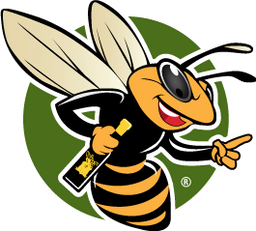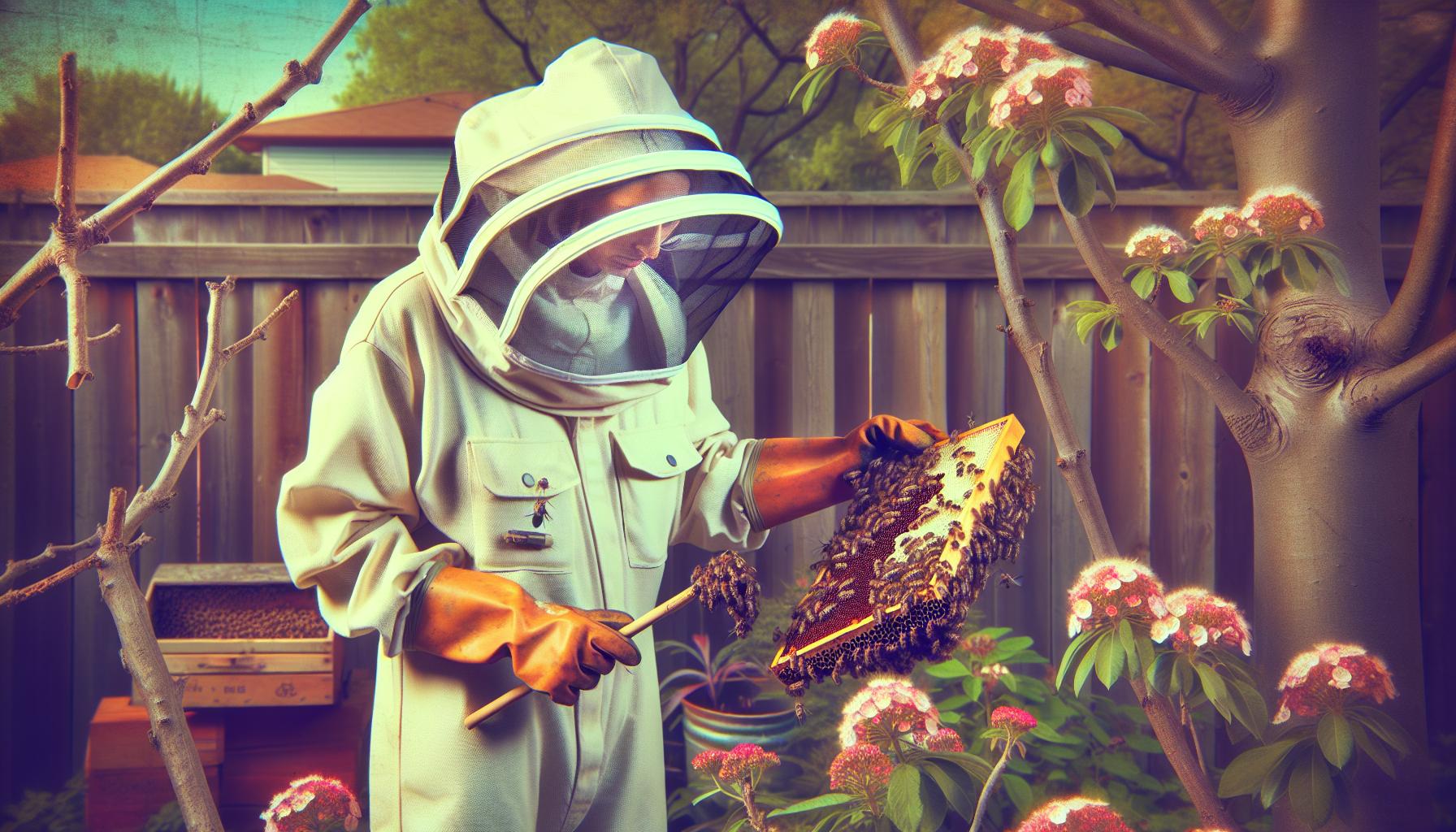Bee nests can be both fascinating and intimidating. While bees play a critical role in pollination and sustaining ecosystems, their presence in or around homes can lead to safety concerns. Knowing how to approach bee nest removal safely and responsibly is essential for homeowners who aim to protect their families while preserving the environment.
Professional bee removal services are often underestimated. Many homeowners attempt to handle the situation themselves, unaware of the risks involved. Without proper knowledge, DIY efforts can lead to dangerous encounters, particularly with aggressive bee species. This article explores the importance of bee nest removal, effective methods, necessary tools, precautions, and the benefits of enlisting professional help.
The Importance of Bee Nest Removal
Bee nest removal is crucial for balancing safety and ecological responsibility. Properly managing bee nests ensures both the well-being of the bees and the safety of residents.
Ecological Considerations
Bees are indispensable to the environment. They contribute significantly to pollination, which supports the growth of plants, flowers, and crops. Healthy bee populations are critical for biodiversity, helping to sustain various ecosystems. Improper removal or extermination of bee nests can disrupt these populations, potentially harming the environment.
Professional bee removal services prioritize relocation over extermination. By safely relocating bees, professionals ensure these vital pollinators can continue their crucial work without posing risks to humans.
Safety Concerns
Bee nests near homes or other human habitats can be hazardous. Individuals allergic to bee stings face significant health risks, and even those without allergies can suffer from multiple stings if a nest is disturbed. Swarming behavior, common when bees feel threatened, can quickly escalate into a dangerous situation.
Professional bee removal services bring expertise to assess risks, minimize danger, and safely remove nests. Their methods protect both people and bees, making them an invaluable resource for homeowners.
Methods of Bee Nest Removal
Removing a bee nest requires careful planning and execution. The two primary approaches are professional pest control and do-it-yourself (DIY) methods.
Professional Pest Control Services
Professional pest control services specialize in safely removing bee nests. These experts are trained to identify bee species and select the most appropriate removal strategy. Often, their focus is on relocation rather than extermination to protect bee populations.
Equipped with protective gear and specialized tools, professionals can manage swarm behavior and minimize sting risks. Many pest control providers are licensed and comply with local regulations, ensuring environmentally responsible removal practices. For homeowners with allergies or large nests, hiring a professional is the safest and most effective option.
DIY Approaches
While DIY bee nest removal is an option, it requires caution and preparation. Homeowners should follow these steps:
-
Observation: Identify the type of bees and the nest’s location. Understanding bee behavior helps plan the removal process.
-
Protective Gear: Wear a bee suit, gloves, and a veil to reduce sting risks.
-
Natural Deterrents: Use repellents like peppermint oil or vinegar near the nest to encourage the bees to relocate.
-
Timing: Attempt removal during early morning or late evening when bees are less active.
-
Seal Entry Points: After removing the nest, seal any openings to prevent future infestations.
However, DIY methods carry risks. Without proper expertise, individuals may provoke bees or fail to remove the nest entirely, leading to recurring problems. Professional assistance is often a safer and more reliable choice.
Tools and Equipment Needed for Bee Nest Removal
Proper tools and equipment are essential for safe and effective bee nest removal. Using the right gear reduces risks and improves efficiency.
Protective Gear
Protective clothing is critical when dealing with bee nests. Essential items include:
-
Bee Suit: A full-body suit made from thick fabric to prevent stings.
-
Gloves: Durable gloves that offer protection while maintaining flexibility.
-
Veil: A head covering with mesh to protect the face and neck.
-
Boots: Closed-toe boots to shield the feet from ground-dwelling bees.
Wearing complete protective gear minimizes sting risks during removal efforts.
Removal Tools
Specialized tools help facilitate the safe and efficient removal of bee nests. Key tools include:
-
Smoker: Produces smoke to calm bees, making them less aggressive.
-
Hive Tool: Used to pry apart sections of the hive or access hard-to-reach areas.
-
Breathable Containers: Secure containers for relocating bees safely.
-
Shovel or Scraper: Useful for removing nests in the ground or on solid surfaces.
-
Spray Bottle: This can be filled with natural repellents to guide bees away.
Using these tools ensures better control and safety during the process.
Precautions to Take During Bee Nest Removal
Precautionary measures are essential to reduce risks to both individuals and the environment during bee nest removal.
Avoiding Allergic Reactions
Bee stings can trigger severe allergic reactions, sometimes requiring immediate medical attention. Individuals with known allergies should avoid attempting removal and consult an allergist for advice. Carrying an epinephrine auto-injector is recommended for emergencies.
Even for those without allergies, wearing protective gear and observing nests from a safe distance helps prevent stings. Professional services are especially important for allergic individuals, as they reduce direct interaction with bees.
Ensuring Environmental Safety
Bee species play unique roles in ecosystems, so identifying the type of bee is essential before removal. Relocating rather than exterminating ensures these populations can continue to thrive. Avoiding chemical pesticides protects non-target species and prevents environmental damage.
Collaborating with licensed professionals ensures compliance with local regulations and promotes biodiversity. Professionals are trained to handle bees in an environmentally responsible manner, preserving both safety and ecological balance.
Benefits of Professional Bee Removal Services
Hiring professional bee removal services offers several advantages over DIY methods:
-
Safety: Professionals minimize risks to homeowners by using specialized tools and techniques.
-
Efficiency: Expert assessment ensures effective removal without unnecessary disruption.
-
Relocation Expertise: Professionals prioritize relocating bees to suitable habitats, supporting conservation efforts.
-
Regulatory Compliance: Licensed services adhere to local laws and environmental guidelines.
-
Peace of Mind: Homeowners can rest assured that the situation is handled safely and responsibly.
Conclusion
Bee nest removal is a task that demands careful consideration of safety and ecological impact. While DIY approaches may work in some cases, professional services provide a safer, more reliable solution. Experts understand the behavior of various bee species and employ best practices to ensure the welfare of both humans and bees.
By prioritizing relocation over extermination, professional removal services help maintain biodiversity and ecological balance. Homeowners can protect their families while supporting the environment by making informed decisions about bee nest management. Ultimately, responsible practices foster a harmonious coexistence between humans and these vital pollinators.
Frequently Asked Questions
1. What is the importance of bee nest removal?
Bee nest removal ensures the safety of homeowners while protecting bee populations. Proper management prevents stings and supports pollination, which is vital for biodiversity and crop growth.
2. Why should I hire a professional for bee nest removal?
Professionals have the expertise to safely assess and remove nests, minimizing risks of stings. They prioritize relocation over extermination, preserving bees and ensuring safe outcomes for homeowners.
3. What tools are needed for bee nest removal?
Key tools include a bee suit, gloves, veil, smoker, hive tool, and breathable containers. These items enhance safety and efficiency during the removal process.
4. What are the risks of DIY bee nest removal?
DIY removal can provoke bees, leading to stings or incomplete nest removal. Without proper knowledge, individuals may mismanage the situation, making professional assistance a safer choice.
5. How can I prepare for bee nest removal?
Preparation involves observing the nest from a distance, wearing protective gear, and using natural repellents. Consulting a professional ensures safe and effective removal while minimizing risks.



